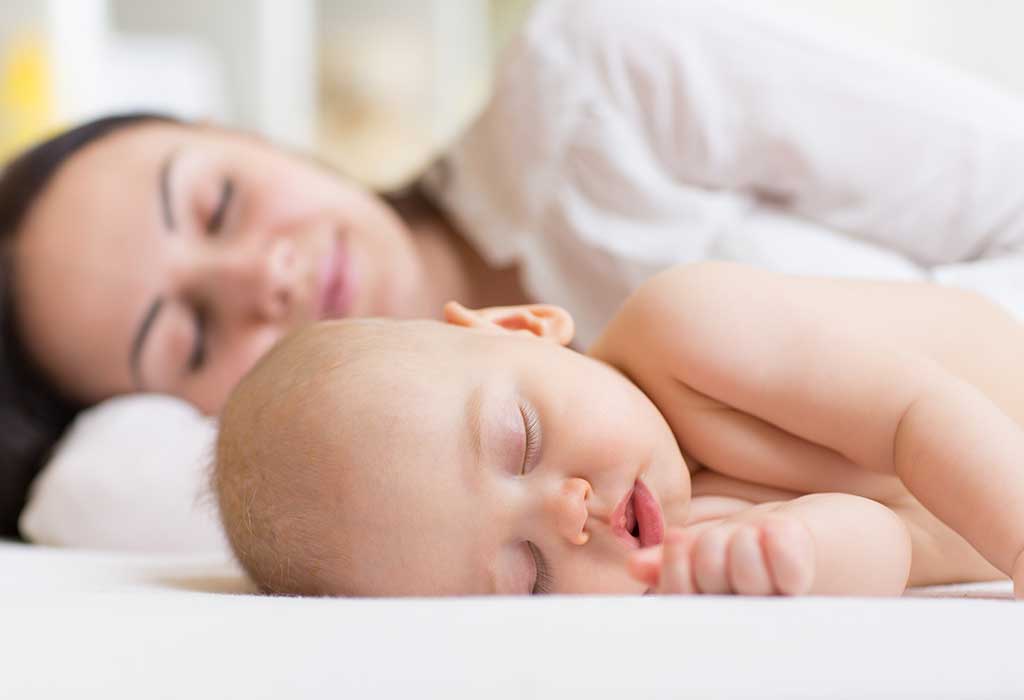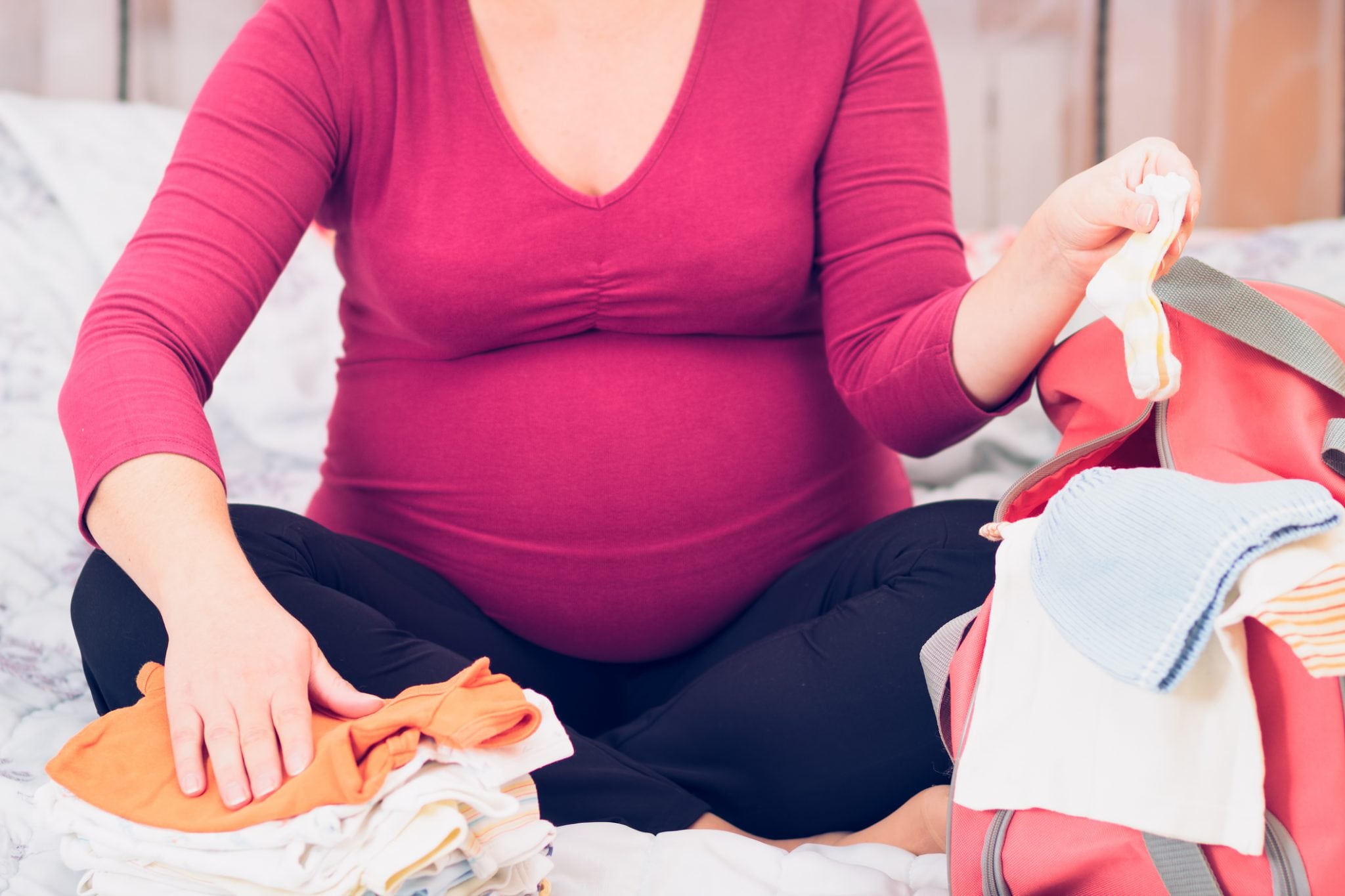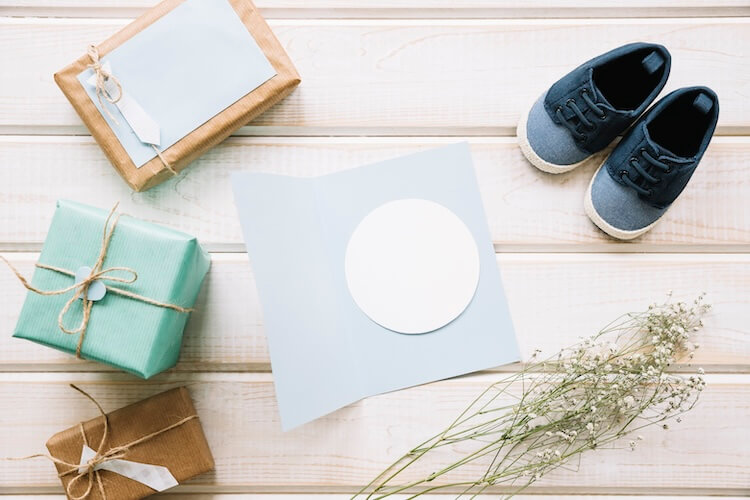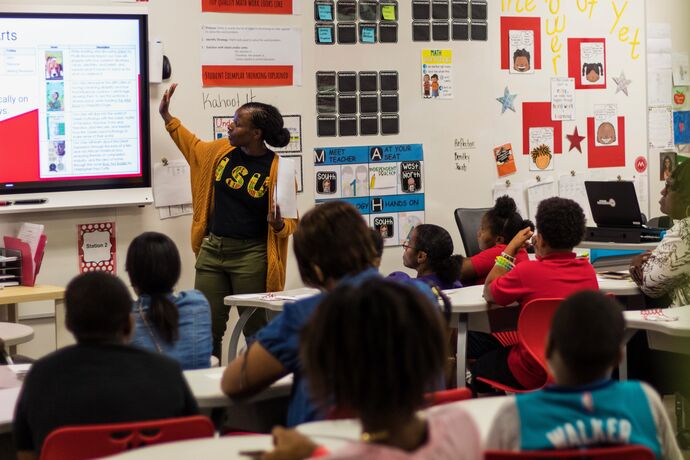
How to Practice Safe Sleeping With Your Baby
August 5, 2021Do you have a baby at home? Well, if you do, then congratulations because having a baby is one of the best things in life! However, now that you have a toddler, it is imperative to always keep an eye on him or her, especially on the baby’s health, diet, and sleeping habits too. According to health experts, sleep-related deaths are one of the leading causes of death for infants between 1 month and 1 year of age, of which this mishap is now called SUID’s, or Sudden Unexplained Infant Deaths. To ensure your baby’s health and safety, here are a couple of helpful hints on how to practice safe sleeping with your baby.
Learn the ABCs of Safe Sleep for Your Baby
To keep your baby safe, even when he or she is sleeping, here are a couple of truly helpful hints to keep in mind, and it’s what we call the ABCs of Safe Sleep for Your Baby. For starters, (A) Babies should always be on their sleep surface. Bed sharing is a risk factor for SUIDs and other sleep-related mishaps. If you’d like to learn more, contact a pediatric sleep specialist to learn of the various baby sleep packages available.
Now for the second tip (B), Babies should be on their back for every sleep. Next (C), the crib should be empty, which means that no pillows, blankets, bumper pads, stuffed toys or supplies like diapers and diaper wipes are present.
Create a Safe Space to Sleep
Now, to create a safe space to sleep for your baby, we asked for more advice from our pediatric sleep experts, who are best known for creating baby sleep packages and other approaches that are tailored to both the child and the needs of their parents.
First, do not put your baby to sleep on their side, so that your baby will not choke if they spit up. Next, always place your baby on a firm mattress in a safe crib that has a tightly-fitted sheet. A safe crib could be a play yard, bassinet, or crib which has spindles that are no wider than 2-3/8 inches apart and has sides that do not dropdown.
Next, do not use soft bedding, pillows, comforters, loose sheets, blankets, toys, positioners, sheepskins, or bumpers in the sleep area or crib, as these items could suffocate the baby. If the baby changes position in their sleep, let them stay where they are. Decorate your baby’s room too as you choose, however, leave the baby’s sleep space bare and empty.
Babies should not also sleep on adult beds, armchairs, couches, or other soft sleep surfaces, because they should be on a firm mattress in their sleep environment. Babies must not also sleep in swings or car seats, because they might not be able to keep their airways open. If they fall asleep in these places, move them to a much safer area or space.
Remember this: Always put your baby in a separate but close-by and safe space to sleep, and do not bed-share because it could increase your baby’s chances of succumbing to SUIDs. Adult bedding is soft and it may cause the infant to suffocate, or an adult could roll over the baby and cause it to suffocate.

When I say bed-sharing, I mean your baby sleeps in bed with you or sleeps in bed with other children, or the baby sleeps in bed with pets. Contact a pediatric sleep specialist so that they could create customized baby sleep packages for your baby.
But, if you’re not allowed to bed-share with your baby, the good thing is that you can room share if you can, as it can help prevent SUIDs. According to infant and child sleep experts, room sharing is when your baby sleeps in your room, but on a separate and safe surface like a crib or portable play yard.
Pediatric health experts also add that breastfeeding has been noted to considerably reduce the risk of SUIDs. So, mothers may breastfeed their babies, but they should always put them back in their own separate safe sleeping space when the mom’s finished nursing. If the mother falls asleep while nursing the baby, she should put the baby back in their bed as soon as she wakes up.
Create a Safe Environment at Home
Apart from providing parents with tailor-made baby sleep packages, pediatric sleep experts can also give them helpful life-saving ideas on how to create a safe environment at home for their baby.
Well, let me share with you some tried-and-tested ideas. First, never let anyone smoke around the baby, because SUIDs occur more often in babies who are exposed to tobacco smoke than in babies who live in a smoke-free environment.
Pacifiers can also effectively prevent SUIDs. Thus, offer a dry, clean pacifier to the baby at sleep times, but do not force your baby to use a pacifier. If the pacifier falls while the baby is asleep, you need not put it back in the baby’s mouth. Never attach a pacifier to your baby’s clothing, but instead prop it or use pacifiers that are attached to stuffed toys or animals.
Next, keep the baby’s sleeping room at a comfortable temperature. If you’re comfortable in the room, I’m sure your baby will be comfortable too. Do not overheat your baby, overheating may cause issues with the control the toddler has over-breathing and waking up.
Do not over-bundle your baby too, because they should not feel hot to the touch. Babies also require one more layer of clothing than adults. You can put one more layer of clothing under the pajamas, or you could dress your baby in warmer pajamas than you would wear.
Use a sleep sack or a wearable blanket instead of using loose blankets to keep the toddler warm. Make sure you ask your baby’s health care provider about using over-the-counter products, as well as consult with a pediatric sleep specialist to learn more about the various baby sleep packages available.













